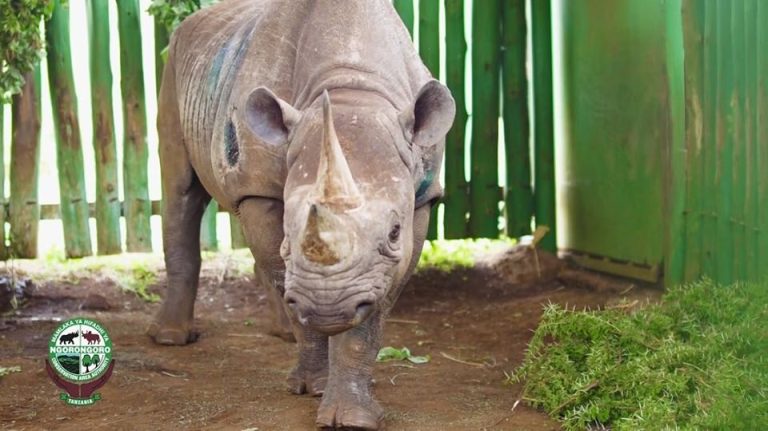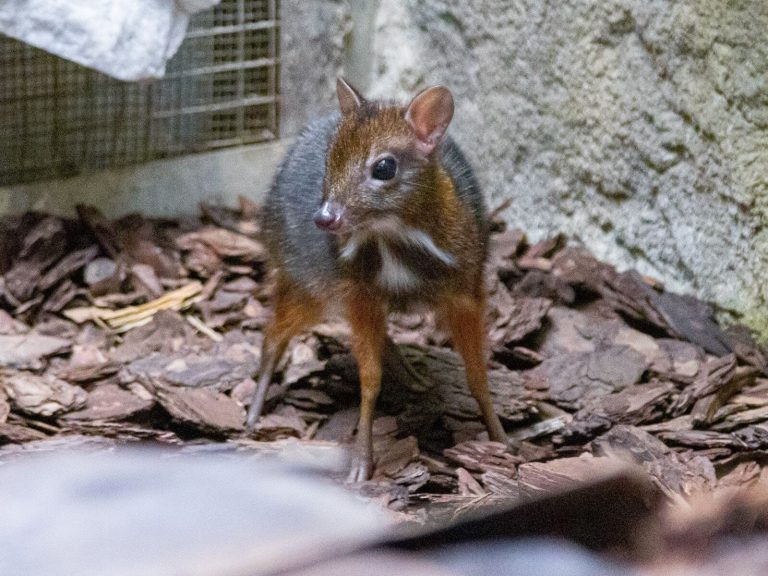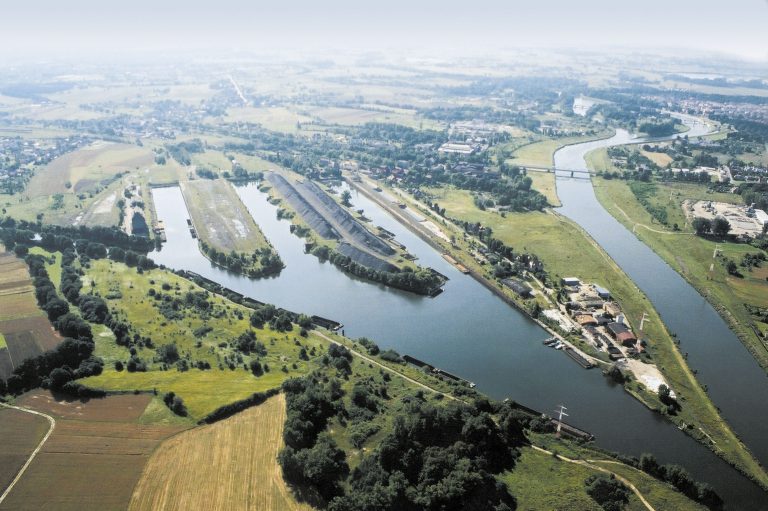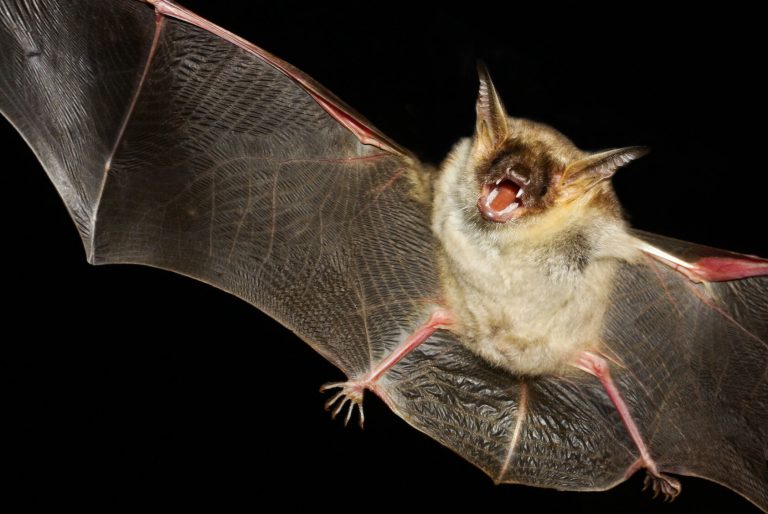The deer follows the climate
In the last 54 thousand red deer lived in forests for years, and the most important factor limiting their occurrence were frosty winters – according to comprehensive analyzes of the historical presence of this species in Europe – up to the Urals.
red deer (Cervus elaphus elaphus) is one of the species of ungulates with the widest range in Europe. It inhabits areas from Scandinavia, through the west and central-eastern regions, to the southern parts of the continent. The eastern limit of this species’ continuous range in Europe today runs through areas of western Russia.
However, in the past, the range of deer in Europe changed as the climate changed. The smallest range of the deer, similarly to other species inhabiting the temperate climate zone, occurred in the period of approx. 18-26 thousand years ago. years ago, during the last glacial maximum. Many species (including mammals) survived this time in glacial refugia, mainly in southern Europe. After the glacier retreated and as the climate warmed in the Holocene, species such as deer repopulated large areas of the continent.
Currently, the deer inhabits various environments in Europe, both open areas, such as heathlands in Scotland, and forested areas, where it is currently most common. Until now, however, it was not clear exactly what climatic factors determine the distribution of deer in Europe. It was also unclear whether the areas of its occurrence are optimal for this species, or whether the species prefers forest habitats because other environments are inaccessible to it due to human activity – notes Dr. Hab. in the information sent to PAP. Magdalena Niedziałkowska from the Institute of Mammal Biology of the Polish Academy of Sciences.
Analysis of the climatic conditions in which deer live
A team of over 30 scientists from Poland, the Czech Republic, Ukraine, Germany, Russia, Belarus, Estonia, Armenia, Serbia, Romania, Greece, Great Britain and the Falkland Islands, under the supervision of Dr. hab. Niedziałkowska analyzed the climatic conditions and habitats in places where deer occur in the last 54,000 years. years in Europe and the Urals. Data on 984 locations where remains (mainly bones) of this species were found were analyzed. Their age was determined based on radiocarbon dating.
The study confirmed that, from the late Pleistocene to the present, the red deer’s range has changed with climate change: decreasing as the climate cooled – and increasing as the climate warmed.
However, these changes were different in the western part of the continent than in the eastern part of the continent and in the Urals. During the Last Glacial Maximum, the deer’s range shrank very quickly in western Europe, and changed little in eastern Europe and the Urals. However, after the retreat of the glacier, the deer relatively quickly recolonized the western and northern parts of the continent, while in the Holocene its range in the east, in the Ural region, began to slowly shrink. The last deer disappeared from this region about 200 years ago, scientists noted.
They also showed that the most important climatic factor determining the occurrence of deer over the last 54,000 years years were the average January temperatures. In over 90 percent location where deer remains were found, the average January temperature was not lower than minus 10 degrees C. Most often (in 67 percent of cases) individuals of this species occurred in areas where the average January temperature oscillated between plus 5 and minus 5 degrees C. .
What did the research show?
The researchers also found that most of the places where deer were found were covered with different types of forests, such as boreal coniferous, mixed and deciduous forests – and sclerophyll evergreen forests, which now occur in the Mediterranean region, for example. Less than 10 percent locations included areas where other types of biomes existed, e.g. tundras, steppes or deserts. Based on palynological data, it was shown that in the Holocene, forest cover was higher in the analyzed places in the period before 4,000 years ago. years ago than later, which is most likely due to the deforestation of large areas of Europe by humans and, therefore, less availability of forests for deer.
Due to the fact that the data collected on the range of deer occurrence over the last 54 thousand years are incomplete, scientists also carried out ecological niche modeling, which made it possible to determine areas where deer could potentially have occurred in different periods of time, both before, during and after the Last Glacial Maximum. On this basis, they showed that the range of the red deer during the Last Glacial Maximum was probably much larger than previously thought. It included not only glacial refugia located on the Iberian Peninsula, the Apennine Peninsula and the Balkans, but also significant areas of Western Europe, as well as the area around the Black Sea and Asia Minor.
However, the modeling results showed that the climatic conditions in the Urals were not suitable for red deer – even though many deer bones from the last 54,000 years were found in this area. years. Genetic analyzes of deer bone samples from the Urals helped explain these discrepancies. It turned out that most of the bones from this area belonged to the wapiti deer C. el (closely related to the red deer). canadensis, which is much better adapted to life in cold climates. These genetic analysis results also explain why the deer’s range began to shrink and the species eventually disappeared from eastern Europe and the Urals as the climate warmed. Currently, the eastern limit of the red deer’s range in Europe coincides with the isoline of average January temperatures ranging between minus 10 and minus 15 degrees Celsius.
The results of the conducted research show that the ranges of deer in Europe have changed with climate change, not only in the north-south direction, but also in the east-west direction. The results obtained can be used to model changes in the red deer’s range in Europe as a result of future climate change.
The results of the analyzes were presented in the Journal of Biogeography.






